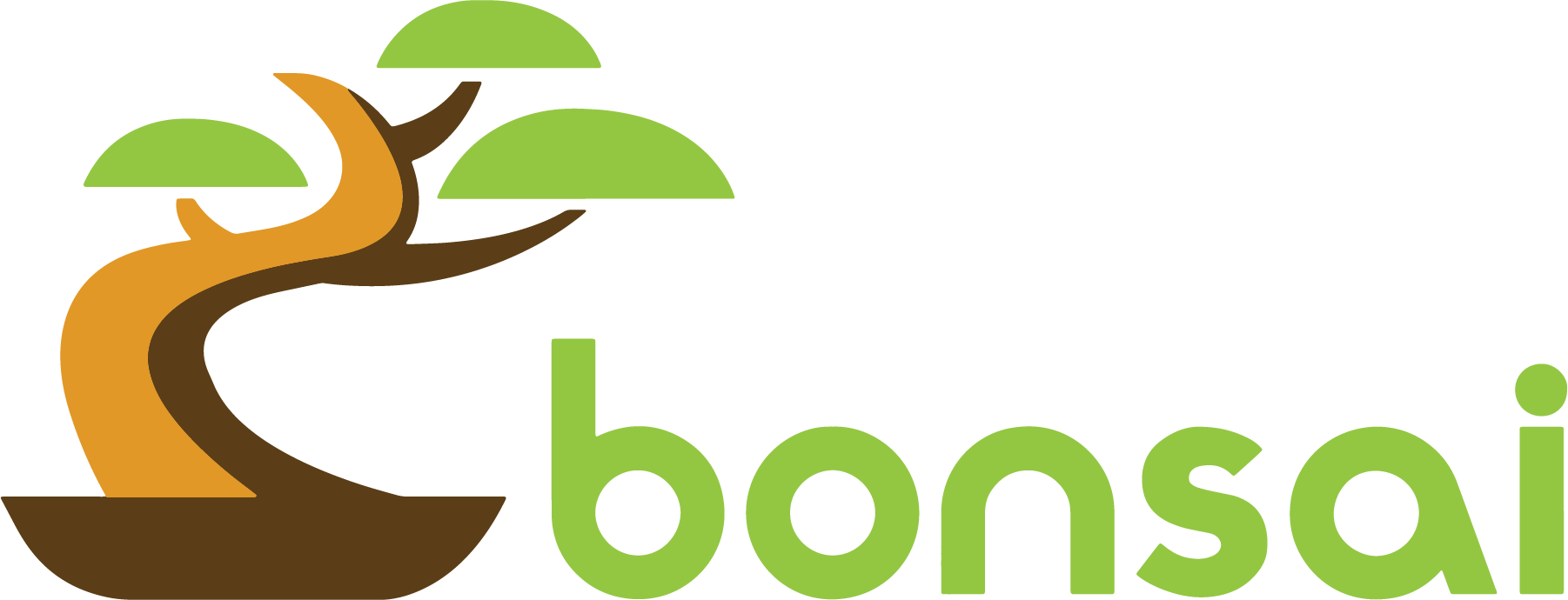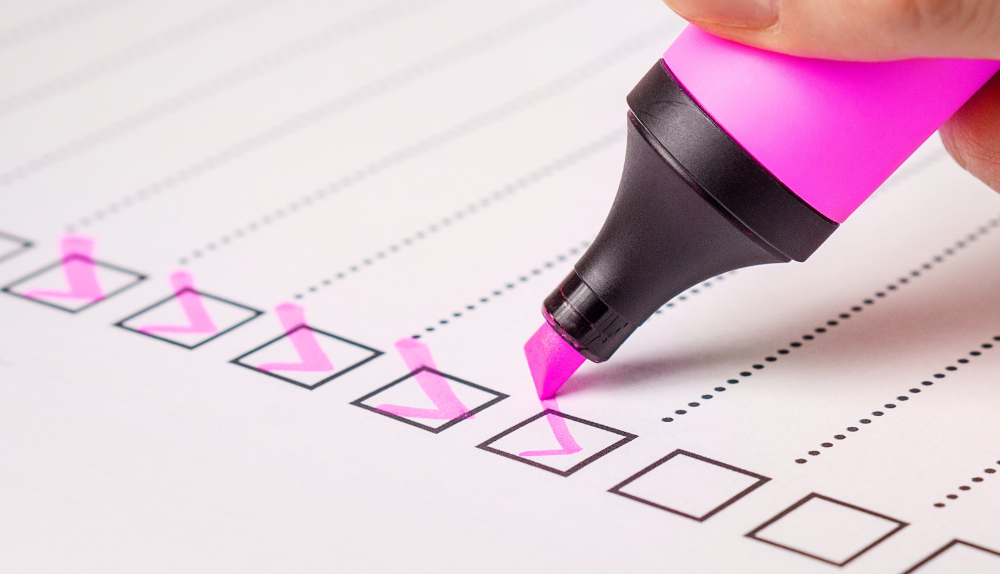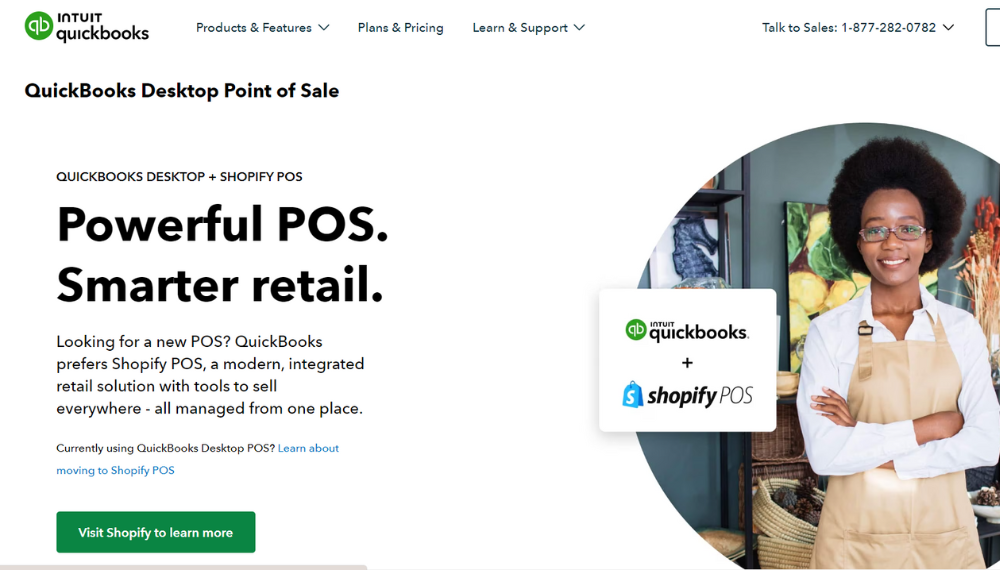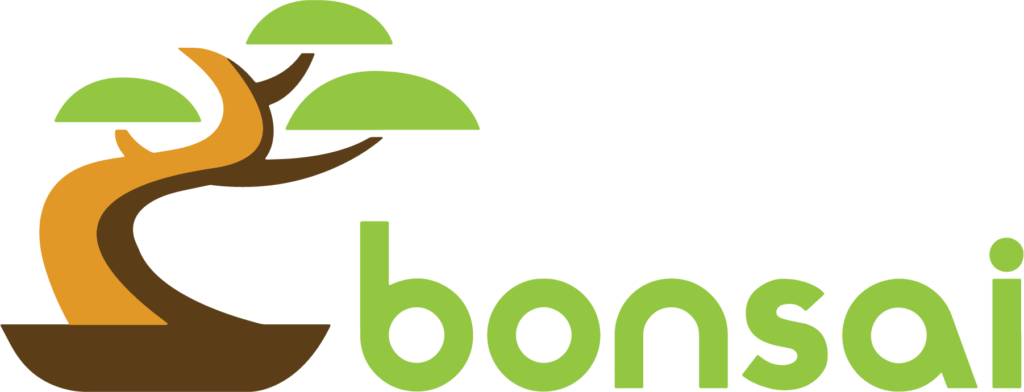Opening and closing checklists are key tools for ensuring the smooth operation of a restaurant. Whether you are a seasoned restaurateur or a first-time owner, establishing comprehensive and efficient routines is crucial for maintaining the quality of service and maximizing productivity. Opening checklists help to kick-start the day by preparing the establishment for business, while closing checklists ensure a proper shutdown and set the stage for the following day. In this guide, we will explore the key steps involved in creating effective opening and closing checklists for restaurants, enabling you to streamline your operations, enhance customer satisfaction, and foster a well-organized work environment.
What is an Opening and Closing Checklist?

In the fast-paced world of the restaurant industry, proper planning and organization are paramount to success. Opening and closing checklists serve as invaluable tools for ensuring the smooth operation of a restaurant. These checklists outline the essential tasks and procedures that need to be completed before opening for business and after closing for the day. By implementing comprehensive and efficient routines, restaurant owners and managers can maintain high service standards, maximize productivity, and create a well-organized work environment. In this article, we will delve into the concept of opening and closing checklists, exploring their importance and the key elements that should be included in each.
Understanding Opening Checklists
Before the doors open and customers start pouring in, a restaurant must be adequately prepared to deliver a seamless dining experience. Opening checklists are designed to ensure that all necessary tasks are completed before the start of business. This includes setting up the dining area, stocking supplies, and verifying the operational readiness of the establishment. Some key elements of an opening checklist may include:
Preparing the Dining Area
This involves tasks such as arranging tables and chairs, ensuring proper lighting and ambiance, and checking the cleanliness and presentation of the dining area. It also includes organizing menus, table settings, and any promotional materials.
Stocking Inventory
Restaurants rely on a variety of supplies to deliver their offerings effectively. The opening checklist should include tasks such as restocking the bar, checking inventory levels of ingredients, beverages, and condiments, and ensuring that all necessary items are readily available for the day's service.
Checking Equipment and Facilities
To avoid any disruptions during service, it is vital to inspect and ensure the proper functioning of all equipment and facilities. This may involve checking the stoves, ovens, refrigeration units, dishwashers, and other kitchen appliances. Additionally, verifying the availability of essential utilities such as electricity, water, and gas is crucial.
Reviewing Staff Assignments
Clear communication and coordination among the team members are essential for a smooth start to the day. Assigning tasks and responsibilities to the staff members is an important aspect of opening procedures. The opening checklist should include a section for assigning duties such as host/hostess responsibilities, server assignments, and kitchen staff tasks.
Implementing Closing Checklists
Closing checklists are equally important as they set the stage for the next day's operations. These checklists ensure that the restaurant is properly closed down and ready for the next shift or the following day's service. By completing specific tasks at the end of the day, restaurant owners and managers can maintain cleanliness, security, and operational efficiency. Some key elements of a closing checklist may include:
Cleaning and Sanitizing
Thorough cleaning and sanitization are essential to maintain high
hygiene standards in a restaurant. The closing checklist should include tasks such as wiping down surfaces, cleaning the kitchen equipment, mopping the floors, and ensuring that all areas are free from debris and food waste. This also includes proper disposal of garbage and recycling materials.
Securing the Premises
To safeguard the restaurant and its assets, it is crucial to ensure that all doors, windows, and access points are properly secured. The closing checklist should include locking all doors, arming the security system, and checking that all valuables are properly stored and accounted for.
Shutting Down Equipment
To prevent unnecessary energy consumption and extend the lifespan of equipment, it is important to properly shut down all appliances and utilities at the end of the day. This may include turning off lights, switching off unused equipment, and adjusting temperature controls.
Cash Handling and Accounting
For financial accountability, the closing checklist should include tasks related to cash handling and accounting procedures. This may involve reconciling cash registers, recording sales, preparing bank deposits, and ensuring that all financial transactions are accurately documented.
Opening and closing checklists play a vital role in the efficient and organized operation of a restaurant. These checklists help maintain high service standards, maximize productivity, and create a positive working environment for the entire staff. By creating comprehensive checklists that encompass all the necessary tasks and procedures, restaurant owners and managers can ensure that their establishments are ready for business each day and properly closed down at the end of the day. By incorporating the key elements discussed in this article, restaurants can streamline their operations, enhance customer satisfaction, and establish a strong foundation for success in the competitive restaurant industry.
Tips to Create and Implement Restaurant Opening and Closing Checklists

Opening and closing checklists are essential tools for maintaining the smooth operation of a restaurant. Properly designed and implemented checklists help ensure that all necessary tasks are completed before opening for business and after closing for the day. Here, we will provide some valuable tips for creating and implementing effective opening and closing checklists that will help streamline your restaurant's operations, enhance efficiency, and deliver a memorable dining experience.
Understand the Specific Needs of Your Restaurant
Every restaurant has its unique requirements and operational procedures. Take the time to analyze your establishment and identify the specific tasks that need to be completed during opening and closing. Consider factors such as the size of your operation, the type of cuisine you offer, and any specific regulations or guidelines you need to adhere to. This understanding will form the foundation of your checklists.
Collaborate with Your Staff
Involve your restaurant staff in the checklist creation process. They are the ones who work on the front lines and have valuable insights into the day-to-day operations. Seek their input and suggestions on the tasks that should be included in the checklists. This collaboration will not only ensure that all essential tasks are covered but also create a sense of ownership and accountability among your staff.
Divide Checklists into Categories
Organize your checklists into different categories or sections to ensure a systematic approach. This division makes it easier for staff members to navigate through the checklist and ensures that no important tasks are overlooked. For example, you could have sections for kitchen tasks, dining area tasks, inventory checks, equipment inspections, and security measures.
Prioritize Critical Tasks
Identify the tasks that are of utmost importance and prioritize them accordingly. These tasks may include health and safety measures, food preparation, checking equipment functionality, and ensuring inventory levels. By giving priority to critical tasks, you can minimize the risk of errors or oversights that may have a significant impact on your restaurant's operations.
Be Detailed and Specific
Ensure that each task in the checklists is described in a clear, detailed, and specific manner. Vague instructions can lead to confusion and incomplete tasks. Provide step-by-step guidelines, specify the tools or supplies required, and include any relevant timeframes or deadlines. Clear instructions leave no room for interpretation and help maintain consistency in operations.
Consider Time Management
Efficient time management is crucial for both opening and closing procedures. Consider the time it takes to complete each task and allocate sufficient time in your checklists. This will help your staff plan their activities effectively, avoid rushing, and ensure that everything is completed before customers arrive or after they leave.
Regularly Review and Update Checklists
The restaurant industry is dynamic, and your operational needs may change over time. Regularly review your opening and closing checklists to ensure they remain relevant and effective. Seek feedback from your staff and make necessary updates based on their suggestions or changes in your operations. This continuous improvement process will help your checklists stay up-to-date and aligned with your restaurant's evolving needs.
Train and Educate Your Staff
Creating checklists is not enough; proper implementation is essential. Provide training and thorough explanations to your staff on how to use the checklists effectively. Ensure that they understand the importance of completing all tasks and following the checklist procedures diligently. Regularly communicate with your staff about the purpose and benefits of the checklists, and address any questions or concerns they may have.
Creating and implementing opening and closing checklists for your restaurant is a vital step toward maintaining operational excellence. You can create checklists that streamline your operations and enhance efficiency by understanding your specific needs, involving your staff, prioritizing tasks, and ensuring clarity and specificity. Regularly reviewing and updating the checklists and proper staff training will help ensure their effectiveness over time. By following these tips, you can establish a well-organized and efficient routine for your restaurant, leading to improved customer satisfaction and overall success in the industry.
Types of Opening and Closing Checklists
When it comes to opening and closing checklists for restaurants, there are various types that cater to different areas of operation. Here are some common types of opening and closing checklists:
Kitchen Checklist
This checklist focuses on tasks specific to the kitchen area. It includes items such as checking and cleaning kitchen equipment, organizing food storage areas, ensuring proper temperature controls, and reviewing food safety protocols. This checklist ensures the kitchen is ready for
efficient food preparation and service.
Dining Area Checklist
The dining area checklist concentrates on tasks related to setting up and maintaining the front-of-house operations. It includes activities such as arranging tables and chairs, checking table settings, ensuring cleanliness, restocking condiments, and inspecting the overall ambiance of the dining area. This checklist ensures the dining area is clean, inviting, and ready to welcome guests.
Bar Checklist
For restaurants that have a bar area, a separate bar checklist is beneficial. This checklist focuses on tasks specific to the bar, such as restocking beverages, checking inventory levels of alcohol and mixers, cleaning bar equipment, and ensuring the bar area is clean and well-organized. It ensures the bar is fully stocked and ready to serve customers efficiently.
Inventory Checklist
An inventory checklist ensures that all necessary supplies are available and properly stocked. It includes tasks such as checking inventory levels of ingredients, beverages, disposable items, and cleaning supplies. This checklist helps avoid shortages and ensures the restaurant is adequately prepared for service.
Security Checklist
The security checklist is crucial for ensuring the safety and security of the restaurant premises. This checklist helps maintain the security of the establishment during closing hours. It includes tasks such as locking doors and windows, activating security systems, checking surveillance cameras, and ensuring the proper storage of valuables.
Cash Handling Checklist
A cash handling checklist focuses on tasks related to financial procedures and accountability. It includes activities such as reconciling cash registers, preparing bank deposits, reviewing sales reports, and ensuring accurate documentation of financial transactions. This checklist helps in maintaining proper financial controls and accountability.
Cleaning and Sanitization Checklist
This checklist focuses on tasks related to cleaning and sanitizing the entire restaurant, including the kitchen, dining area, restrooms, and any other relevant areas. It includes activities such as sweeping and mopping floors, wiping down surfaces, sanitizing food preparation areas, and restocking cleaning supplies. This checklist ensures that the restaurant maintains high standards of cleanliness and hygiene.
Equipment Shutdown Checklist
The equipment shutdown checklist is specific to closing procedures and includes tasks such as turning off kitchen appliances, shutting down HVAC systems, switching off lights, and securing equipment. This checklist helps in energy conservation, prolonging the lifespan of equipment, and ensuring the safety of the establishment during non-operational hours.
These are just a few examples of the types of opening and closing checklists that restaurants can implement. Depending on the specific needs and operations of your establishment, you may choose to customize and combine these checklists to create a comprehensive set of procedures that suit your restaurant's requirements.
Benefits of Creating Opening and Closing Checklists
Creating opening and closing checklists for restaurants offers several benefits that contribute to the overall efficiency and success of the establishment. Here are some key advantages of implementing these checklists:
Organization and Efficiency
Opening and closing checklists provide a structured framework for daily operations. They ensure that all necessary tasks are clearly defined and accounted for, reducing the likelihood of overlooking important responsibilities. By following a checklist, restaurant staff can work in a more organized and efficient manner, maximizing productivity and minimizing wasted time.
Consistency in Operations
Checklists promote consistency in performing tasks across different shifts and staff members. By documenting standard procedures and expectations, checklists help maintain uniformity in the way essential tasks are executed. This consistency enhances the overall quality of service, ensuring that customers receive the same level of attention and experience regardless of the time they visit the restaurant.
Comprehensive Coverage
Opening and closing checklists ensure that all critical aspects of restaurant operations are addressed. They cover a wide range of tasks, including food preparation, equipment checks, cleanliness, inventory management, security measures, and financial procedures. By providing a comprehensive checklist, nothing essential is overlooked, reducing the risk of errors, omissions, or operational gaps.
Improved Time Management
Checklists help with effective time management. By breaking down tasks into manageable steps and allocating timeframes, restaurant staff can plan their activities more efficiently. This ensures that opening procedures are completed on time, allowing the restaurant to open its doors promptly. Similarly, closing checklists help staff systematically close down the restaurant within a reasonable timeframe, enabling them to finish their duties and leave on schedule.
Enhanced Staff Communication and Training
Checklists foster clear communication among the staff. They serve as a reference point for sharing expectations, guidelines, and responsibilities. Staff members can easily refer to the checklists to understand their tasks, reducing confusion and misunderstandings. Checklists also aid in training new employees by providing a structured outline of the required procedures, making the onboarding process smoother and more consistent.
Compliance with Health and Safety Regulations
Opening and closing checklists help ensure compliance with health and safety regulations. By including tasks related to food safety, cleanliness, equipment maintenance, and security measures, these checklists help the restaurant meet and exceed the necessary standards. This promotes a safe and hygienic environment for both employees and customers, reducing the risk of incidents or violations.
Accountability and Documentation
Checklists promote accountability among staff members. By requiring tasks to be checked off or signed off upon completion, there is a clear record of who was responsible for each duty. This helps identify areas of improvement, track performance, and address any issues that arise. Moreover, checklists serve as valuable documentation for audits, inspections, or legal requirements, demonstrating the restaurant's commitment to operational excellence.
Overall, creating opening and closing checklists for restaurants offers numerous benefits. From improved organization and efficiency to consistency in operations, these checklists contribute to a smooth and well-structured workflow. By encompassing essential tasks, promoting time management, enhancing staff communication, ensuring compliance, and providing accountability, these checklists are indispensable tools for achieving operational excellence and delivering a memorable dining experience.
Final Words
In conclusion, the creation and implementation of opening and closing checklists are vital for the success of a restaurant. These checklists provide a systematic approach to daily operations, ensuring that all essential tasks are completed efficiently and consistently. The benefits of using these checklists are far-reaching, including increased organization and efficiency, improved time management, enhanced staff communication and training, compliance with health and safety regulations, and accountability. By incorporating opening and closing checklists into restaurant routines, owners and managers can streamline operations, maintain high service standards, and create a positive experience for both employees and customers. Ultimately, these checklists serve as valuable tools for achieving operational excellence and contributing to the overall success of the restaurant.
Frequently Asked Questions (FAQs)
Can I use a standard template for opening and closing checklists?
While there are general templates available for opening and closing checklists, it is recommended to customize them based on the specific needs of your restaurant. Tailoring the checklists to your operations ensures that all necessary tasks are included and relevant to your establishment.
How often should I review and update the opening and closing checklists?
It is advisable to review and update the opening and closing checklists regularly. Factors such as changes in operations, menu updates, new regulations, or feedback from staff and customers may necessitate updates to the checklists. By regularly reviewing and updating them, you can ensure that the checklists remain relevant and effective.
Should I train my staff on using the opening and closing checklists?
Yes, it is crucial to provide training to your staff on using the opening and closing checklists effectively. Train them on the purpose and benefits of the checklists, explain the tasks and procedures, and address any questions or concerns they may have. Proper training ensures that the checklists are utilized properly and consistently by the staff.
Can I combine multiple checklists into one comprehensive checklist?
Yes, if it suits your restaurant's operations and preferences, you can combine multiple checklists into one comprehensive checklist. This can help streamline processes and provide a holistic view of all the tasks that need to be completed during opening and closing routines.
Are there any digital tools or software available for managing opening and closing checklists?
Yes, there are digital tools and software available that can assist in managing opening and closing checklists. These tools can help streamline the checklist process, track completion status, set reminders, and facilitate communication among staff members. Explore options available in the market to find a solution that fits your restaurant's needs and budget.
 In the fast-paced world of the restaurant industry, proper planning and organization are paramount to success. Opening and closing checklists serve as invaluable tools for ensuring the smooth operation of a restaurant. These checklists outline the essential tasks and procedures that need to be completed before opening for business and after closing for the day. By implementing comprehensive and efficient routines, restaurant owners and managers can maintain high service standards, maximize productivity, and create a well-organized work environment. In this article, we will delve into the concept of opening and closing checklists, exploring their importance and the key elements that should be included in each.
In the fast-paced world of the restaurant industry, proper planning and organization are paramount to success. Opening and closing checklists serve as invaluable tools for ensuring the smooth operation of a restaurant. These checklists outline the essential tasks and procedures that need to be completed before opening for business and after closing for the day. By implementing comprehensive and efficient routines, restaurant owners and managers can maintain high service standards, maximize productivity, and create a well-organized work environment. In this article, we will delve into the concept of opening and closing checklists, exploring their importance and the key elements that should be included in each.
 Opening and closing checklists are essential tools for maintaining the smooth operation of a restaurant. Properly designed and implemented checklists help ensure that all necessary tasks are completed before opening for business and after closing for the day. Here, we will provide some valuable tips for creating and implementing effective opening and closing checklists that will help streamline your restaurant's operations, enhance efficiency, and deliver a memorable dining experience.
Opening and closing checklists are essential tools for maintaining the smooth operation of a restaurant. Properly designed and implemented checklists help ensure that all necessary tasks are completed before opening for business and after closing for the day. Here, we will provide some valuable tips for creating and implementing effective opening and closing checklists that will help streamline your restaurant's operations, enhance efficiency, and deliver a memorable dining experience.
 In the fast-paced world of the restaurant industry, proper planning and organization are paramount to success. Opening and closing checklists serve as invaluable tools for ensuring the smooth operation of a restaurant. These checklists outline the essential tasks and procedures that need to be completed before opening for business and after closing for the day. By implementing comprehensive and efficient routines, restaurant owners and managers can maintain high service standards, maximize productivity, and create a well-organized work environment. In this article, we will delve into the concept of opening and closing checklists, exploring their importance and the key elements that should be included in each.
In the fast-paced world of the restaurant industry, proper planning and organization are paramount to success. Opening and closing checklists serve as invaluable tools for ensuring the smooth operation of a restaurant. These checklists outline the essential tasks and procedures that need to be completed before opening for business and after closing for the day. By implementing comprehensive and efficient routines, restaurant owners and managers can maintain high service standards, maximize productivity, and create a well-organized work environment. In this article, we will delve into the concept of opening and closing checklists, exploring their importance and the key elements that should be included in each.
 Opening and closing checklists are essential tools for maintaining the smooth operation of a restaurant. Properly designed and implemented checklists help ensure that all necessary tasks are completed before opening for business and after closing for the day. Here, we will provide some valuable tips for creating and implementing effective opening and closing checklists that will help streamline your restaurant's operations, enhance efficiency, and deliver a memorable dining experience.
Opening and closing checklists are essential tools for maintaining the smooth operation of a restaurant. Properly designed and implemented checklists help ensure that all necessary tasks are completed before opening for business and after closing for the day. Here, we will provide some valuable tips for creating and implementing effective opening and closing checklists that will help streamline your restaurant's operations, enhance efficiency, and deliver a memorable dining experience.





